Pratique | Identification
Comment identifier la Bernache cravant du Pacifique et quels sont les bons secteurs pour l’observer en France en hiver ?
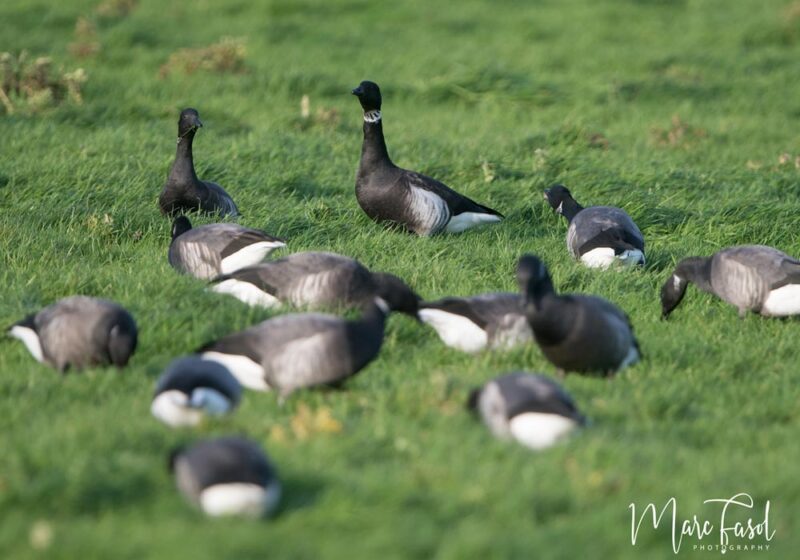
Bernache cravant du Pacifique (Branta bernicla nigricans) (en haut au centre) parmi des Bernaches cravants nominales (B. b. bernicla) à Brughsluis en Zélande (Pays-Bas) le 24 novembre 2024.
Photographie : Marc Fasol / Sa galerie de photos
Introduction
La Bernache cravant (Branta bernicla) est une petite oie sombre. Elle est généralement divisée en trois sous-espèces : la Bernache cravant à ventre sombre ou nominale (B. b. bernicla), la plus commune en Europe en hiver, celle à ventre pâle (B. b. hrota), une hivernante plus rare en Europe, et enfin celle du Pacifique (B. b. nigricans). Cette dernière, qui se distingue principalement de la sous-espèce nominale par son demi-collier blanc plus large, son dos et son ventre plus sombres et l’arrière pâle de ses flancs, est accidentelle et rare en Europe en hiver.
Dans cet article, nous vous présentons les critères pour identifier la Bernache cravant du Pacifique et nous vous indiquons plusieurs bons secteurs pour la rechercher en France en hiver.
Nous remercions tous les photographes qui nous ont aidés à illustrer cet article.
Abstract
The Brent Goose (Branta bernicla) is a small dark goose. It is generally divided into three subspecies: the Dark-bellied or nominate Brent Goose (B. b. bernicla), the commonest in Europe in winter, the Pale-bellied Brent Goose (B. b. hrota), a rarer wintering goose in Europe, and finally the Black Brent Goose (B. b. nigricans). The latter, which is mainly distinguished from the nominate subspecies by its wider white half-collar, its darker back and belly and the pale back of its flanks, is a rare vagrant in Europe in winter.
In this article, we present the criteria for identifying the Black Brent Goose and we indicate several good areas to search for it in France in winter.
We thank all the photographers who helped us illustrate this article.
Poursuivez la lecture de cet article, en vous abonnant dès maintenant !
Découvrez les Archives d’Ornithomedia.com
Pour seulement 10,00 €TTC/an (ou 6,00 € les 6 mois)
Profitez de plusieurs centaines d’articles en accès illimité et sans aucun engagement.
Compléments
Dans la rubrique Observations d’Ornithomedia.com
- Bernache cravant à ventre pâle (Branta bernicla hrota)
- Bernache cravant du Pacifique (Branta bernicla nigricans)
Dans la galerie d’Ornithomedia.com
- Bernache cravant (Branta bernicla bernicla)
- Bernache cravant à ventre pâle (Branta bernicla hrota)
- Bernache cravant du Pacifique (Branta bernicla nigricans)
Ouvrages recommandés
- Le guide Ornitho de Killian Mullarney et al
- Ducks, Geese and Swans de Janet Kear





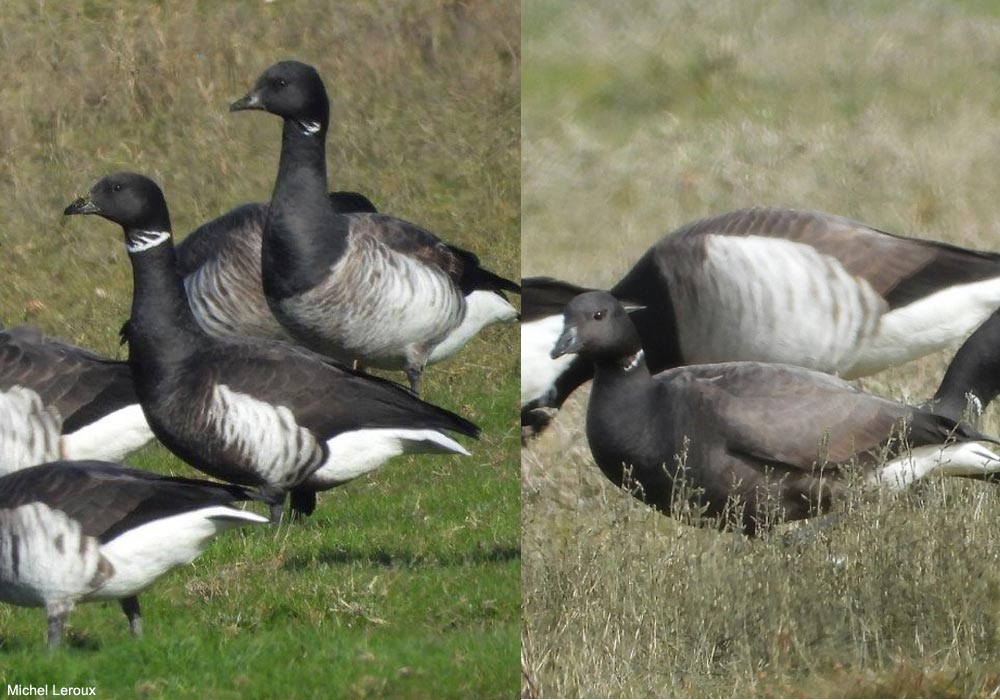
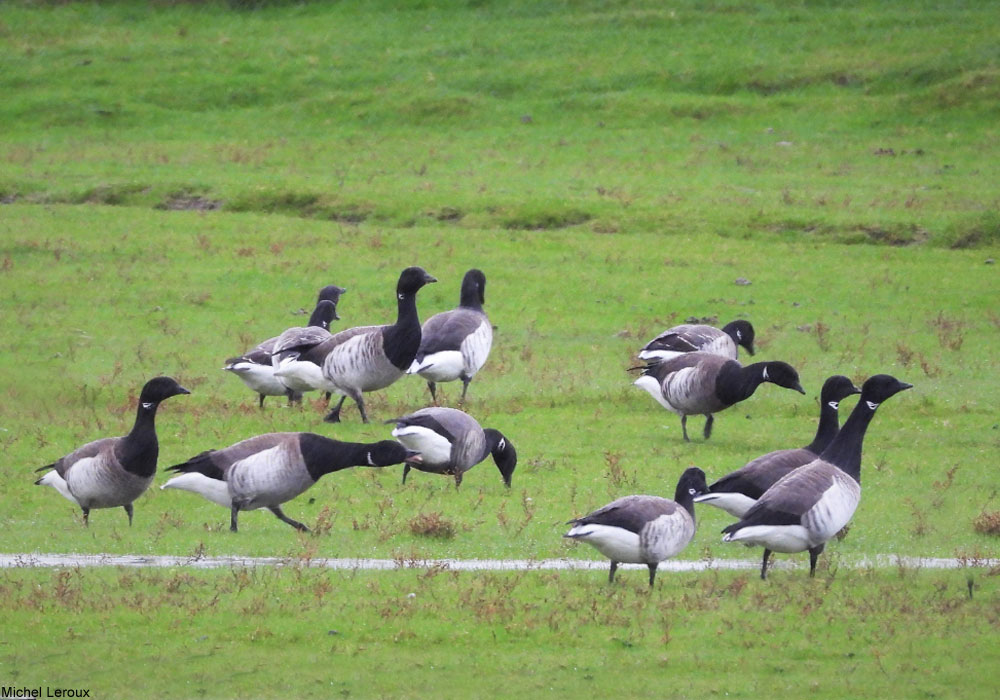
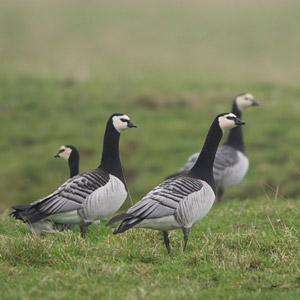
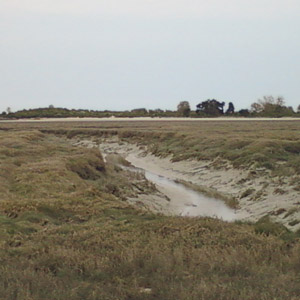
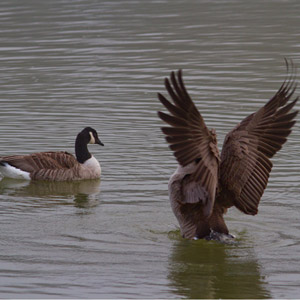
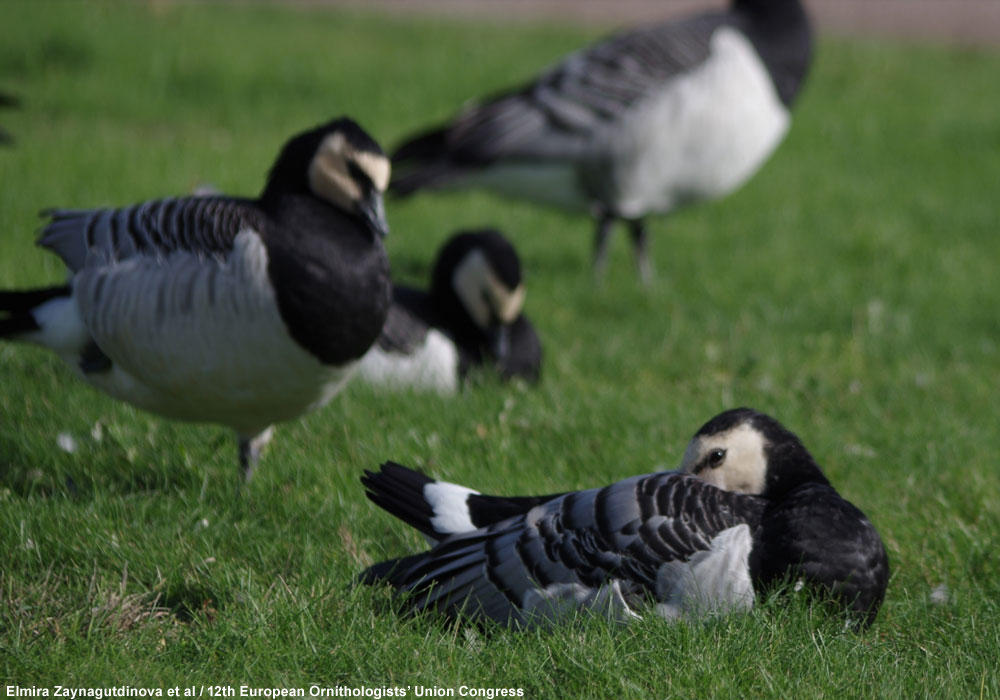
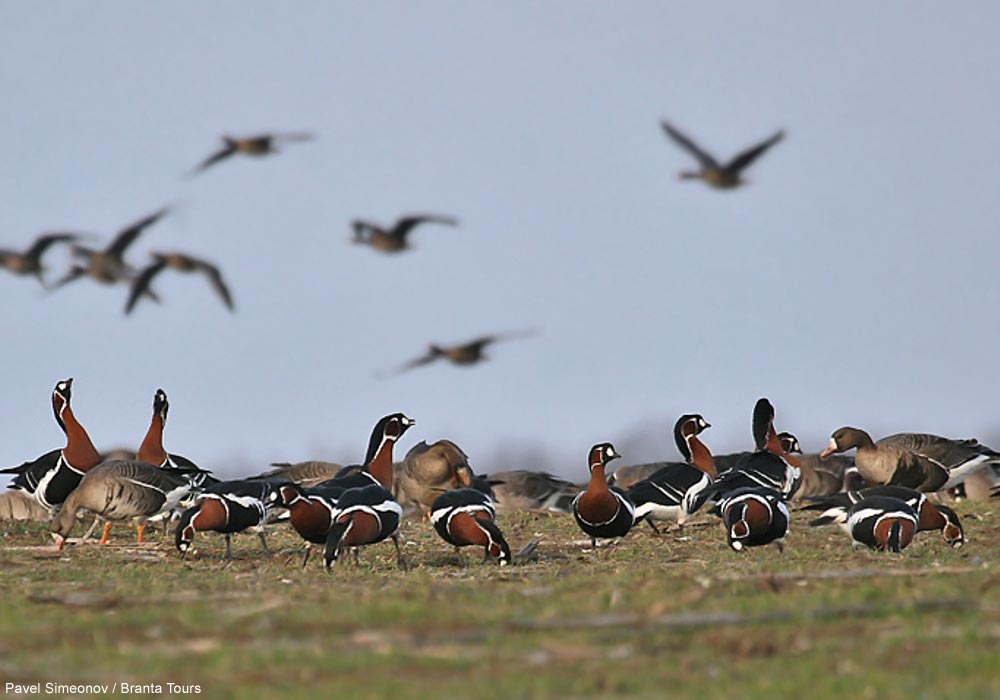
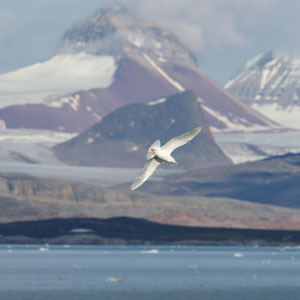
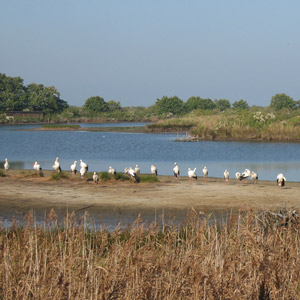
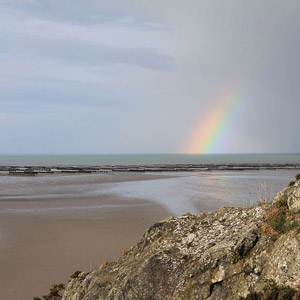
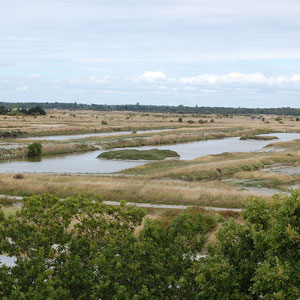
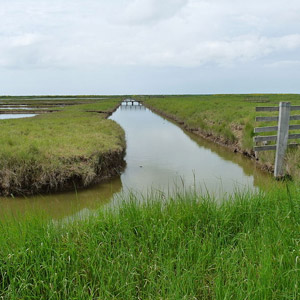
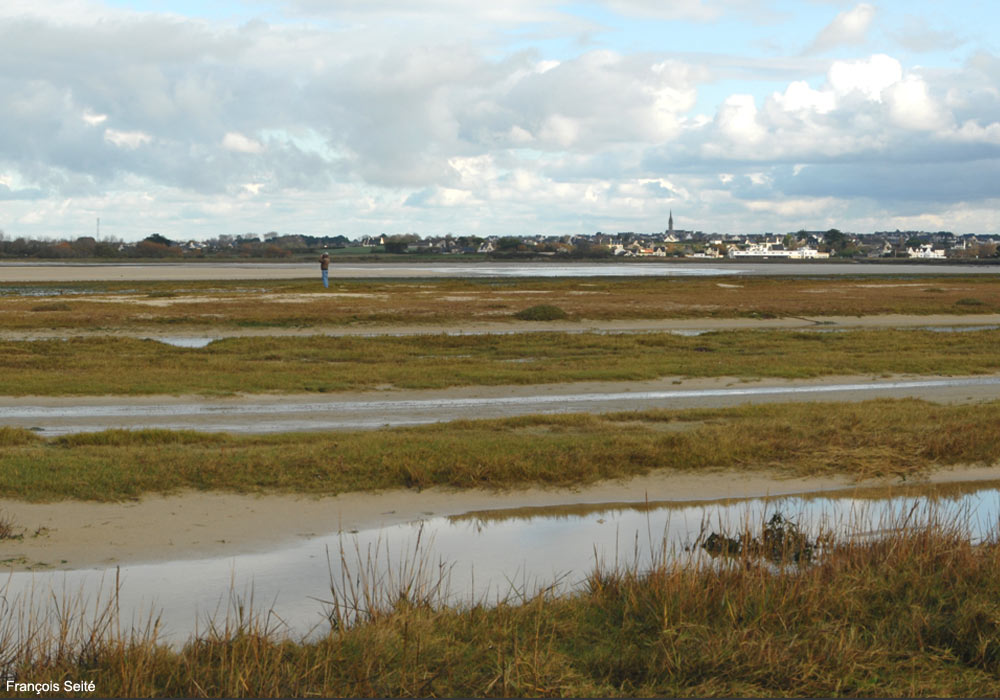
Aucun commentaire sur ce sujet
Participer à la discussion !